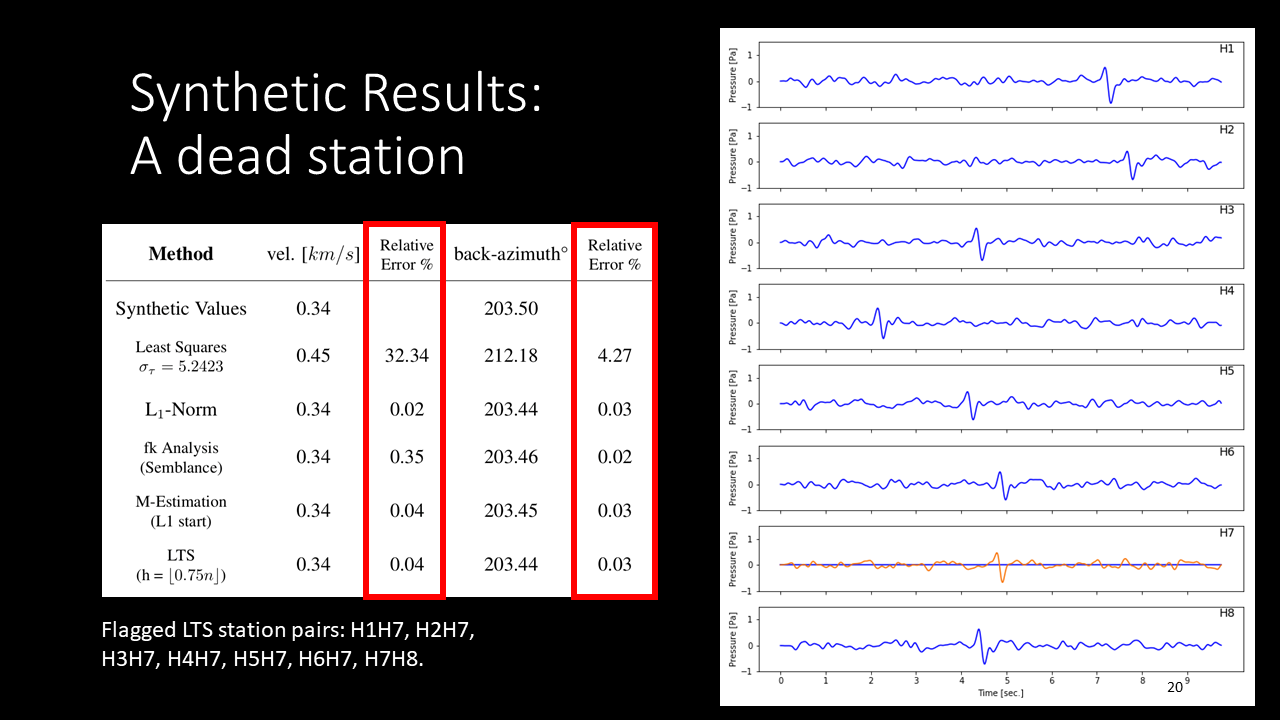Infrasound signal detection and source characterization relies on high-quality array processing parameter estimates. Physical and statistical assumptions in conventional array processing techniques sometimes fail due to propagation effects or station degradation. Unlike conventional least squares, robust regression estimators are relatively insensitive to data that deviate from the assumed model. We compare two such estimators, M-estimators and least- trimmed squares (LTS), to conventional array processing methods (fk, PMCC, L1 regression, and ordinary least squares (OLS)) using synthetic and real infrasound data. Evidence from synthetic testing suggests robust estimators are resistant to single station contamination by noise, sinusoidal waves, and timing errors. Additionally, evaluation of LTS residuals enables outlying inter-station differential times to be flagged automatically, providing a potential data quality tool. Initial testing on IMS data suggests that these techniques produce more stable and accurate back-azimuth and velocity calculations than conventional techniques. For example, we note improved estimates at IS57 for a case where the plane wave assumption breaks down at a single element. We will present additional case studies applying our robust estimators to real data. Lastly, similar to OLS, the robust estimation methods also quantify uncertainty as a covariance matrix, providing a useful estimate of station and detection quality. This work was supported by the Nuclear Arms Control Technology (NACT) Program at Defense Threat Reduction Agency (DTRA). Approved for public release. Distribution is unlimited.



